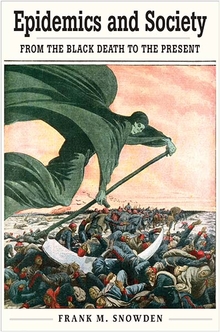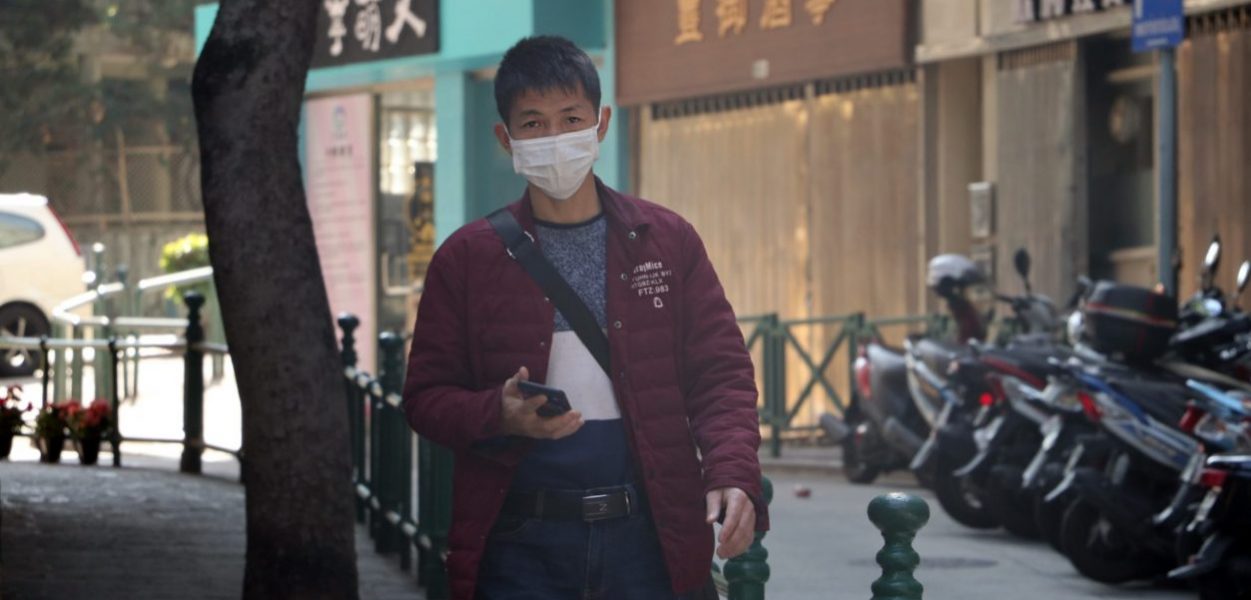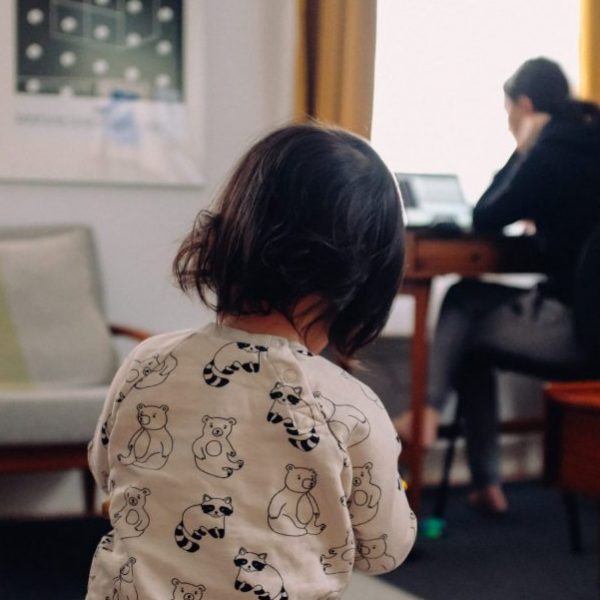Coronavirus and Autocracy
Frank M. Snowden—
Some features of “Wuhan virus” are now apparent. In early December it began its career as a human disease after a “spillover” from its natural animal reservoir—possibly among bats—unleashing a severe respiratory disease. The megacity of Wuhan in central China was Ground Zero for this emerging infection, and the Virology Institute rapidly isolated its genetic sequence. The leading coronavirus symptoms are also known.
On the other hand, much remains mysterious. No specific treatment or vaccine exists, and debate is ongoing regarding its incubation period, the role of asymptomatic cases in transmission, its infectivity, its lethality, and the role of urban “wet markets” in the initial spillover. Even a name has yet to be assigned. The 2015 guidelines of the World Health Organization (WHO) stipulate the avoidance of stigmatizing references to a nation, ethnic group, location, occupation, person, or even animal. Provisionally, therefore, the designation is “2019 – nCoV.”
Even at this early stage, however, vital lessons are clear. The first is that the authoritarian rule of China’s strongman—President Xi Jinping—has played a deadly role as a driver of the epidemic, first by inaction and then by drastic and counterproductive action. Placing the political interests of the ruling party-state above health, the regime failed to act when the silent presence of a new infection had become locally apparent. By suppressing news, arresting alarmist “rumormongers,” deleting disturbing posts on social media, and issuing official but unfounded reassurances, the state prevented citizens and healthcare personnel from protecting themselves; allowed unsuspecting travelers from Wuhan to leave the city, taking the disease with them; and placed other nations at risk. Five million people, unaware of the hazard they were exporting, departed from Wuhan between early December 2019 and January 23, 2020.
To China’s functionaries, the imperative to suppress distressing news that could embarrass the regime as SARS did took precedence over defending health. Nothing was to disturb the People’s Congresses scheduled for January, upset an already flagging economy, or dampen the week-long festivities of Lunar New Year. Thus, heeding the ruling party’s modus operandi, Zhou Xianwang, mayor of Wuhan, addressed the local People’s Congress on January 7 without mentioning the disease, even though local isolation wards were already overflowing. He then allowed a banquet of 40,000 officials to proceed, creating a perfect setting for viral transmission. Explaining his silence weeks later, the hapless Zhou reported that he never released news until it had been authorized “from above.”
After seven precious weeks had been squandered, the scale and visibility of the unfolding disaster made further equivocation impossible. Xi Jinping therefore made an official announcement on January 20 and issued instructions that belatedly set the state lurching into motion. On the same day Dr. Zhong Nansham, the pulmonologist celebrated for combating SARS, appeared on state television to reveal bad news: coronavirus was rapidly spreading, it could be transmitted person-to-person, and it had already infected fourteen healthcare providers.
What occurred next involved high drama as China implemented draconian measures with no basis in scientific understandings. In the twenty-first century, the accepted approach to breaking the transmission of a contagion is quarantine, which entails the isolation of infected individuals, the tracing of their contacts, and their isolation in turn. If a vaccine is available, it is also administered. These measures are accompanied by accurate information to educate the public. In order to protect themselves and their fellows, citizens need to understand the nature of the outbreak, the sanitary measures available, and the necessity to come forward if suspicious symptoms appear. Quarantine is a strategy of retail public health aimed at individuals. To be effective, it depends on the timely, reciprocal flow of information between health authorities and the public and on the empowerment of local as well as national initiative.
China instead resorted to a sledgehammer approach based on fear and coercion. Its instrument of choice was not quarantine but sanitary cordons. The distinction—almost never made in media discussion of the crisis—is vital because sanitary cordons do not isolate individuals but whole geographical areas and their residents en masse. This is wholesale, not retail, public health.
At 02:00 on January 23, the regime opted to seal off Wuhan, a city larger than London, from the outside world. By 10:00, police and troops closed the airport, the four railroad stations, the metro and bus networks; halted river traffic; blockaded the twenty freeways and numerous minor roads leading in and out of town; and made it clear that they had orders to shoot. Meanwhile loudspeakers and televisions announced that schools, businesses, and public facilities—save pharmacies and supermarkets—were closed; banned assemblages; forbade vehicular traffic; criminalized spitting; and enjoined masking for outdoor forays to purchase provisions. People with relevant symptoms were required to go to the local hospitals, which undertook the overwhelming tasks of triage, isolation, and care. Finally, having learned that they had been placed in lockdown mode, citizens were urged to spy on neighbors and report infractions.
In a laboratory setting, where all variables are controlled, it is theoretically possible that the combination of cordon and lockdown could halt transmission by entirely blocking the movement of microbes. In practice, the results from the fifteenth century through the twenty-first are maximally discouraging. Sanitary cordons deployed against bubonic plague, cholera, and Ebola routinely failed: their deployment hastens the spread of disease while magnifying fear, social tension, and economic disruption.
Multiple factors defeat cordons. A ring of soldiers stokes panic, inciting frightened people to breach, circumvent, or bribe a passage across the line. Since there is always a time gap between the progress of an epidemic and the establishment of a lockdown, a cordon typically shuts the stable door after the horse has already bolted. Indeed, at Wuhan 10,000 residents escaped in the eight hours between the policy announcement at 02:00 and its implementation at 10:00. In addition, a siege massively drains scarce resources and personnel that could be more productively utilized, while complicating the distribution of food and medical supplies. Suddenly improvised by unrehearsed officials, it also shudders awkwardly and inefficiently into place. The irregular topography of Wuhan’s vast urban sprawl also suggests that the task was daunting, perhaps impossible. This challenge was massively enhanced by the subsequent decision to extend the cordon to fifteen other major cities, thereby encircling the entire province of Hubei and its 59 million people. The Chinese gambled on offsetting the negative impact of seven weeks of prevarication by a sudden draconian experiment—“unprecedented in human history,” in Zhou’s words.
As contagion accelerates across China, begins to appear abroad, and leaves behind an ever-growing burden of suffering and death, a major concern is the WHO response. Its position is singularly important because the agency is tasked with leading and organizing the international response to the medical challenge. Unfortunately, WHO has chosen to defend a powerful member state at the expense of science and the truth. Director-General Dr. Tedros Abhanom Ghebreyesus has lavishly praised China for its “magnificent transparency, both internally and externally,” and has legitimized the return to medieval health strategy as “heroic” and necessary. Questions inevitably arise as the crisis gathers momentum. In what direction will WHO lead? Will nations at a time of severe testing follow WHO praise and establish cordons of their own? What role will science rather than politics and diplomacy play in this, the third pandemic of the twenty-first century?
Frank M. Snowden is Andrew Downey Orrick Professor Emeritus of History and History of Medicine at Yale University. His previous books include The Conquest of Malaria: Italy, 1900–1962 and Naples in the Time of Cholera, 1884–1911.
Further Reading:



























